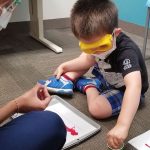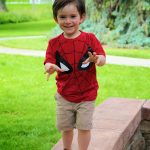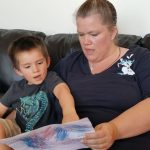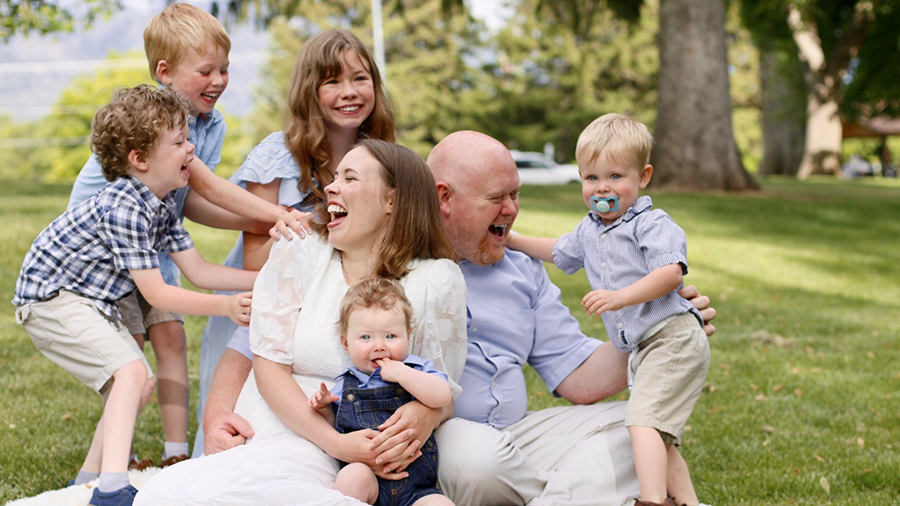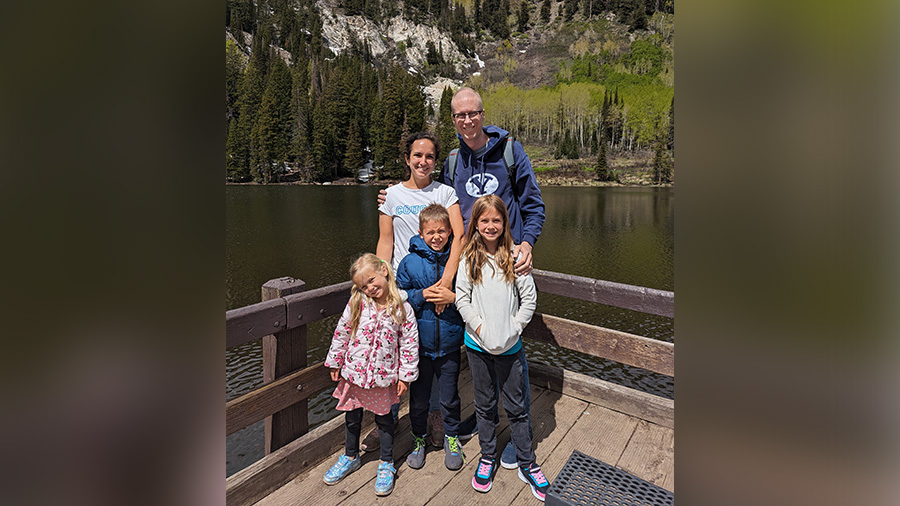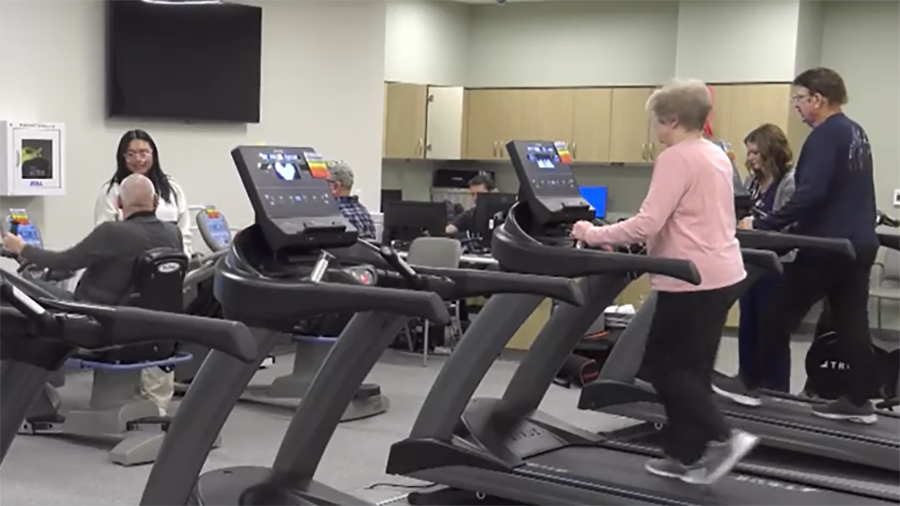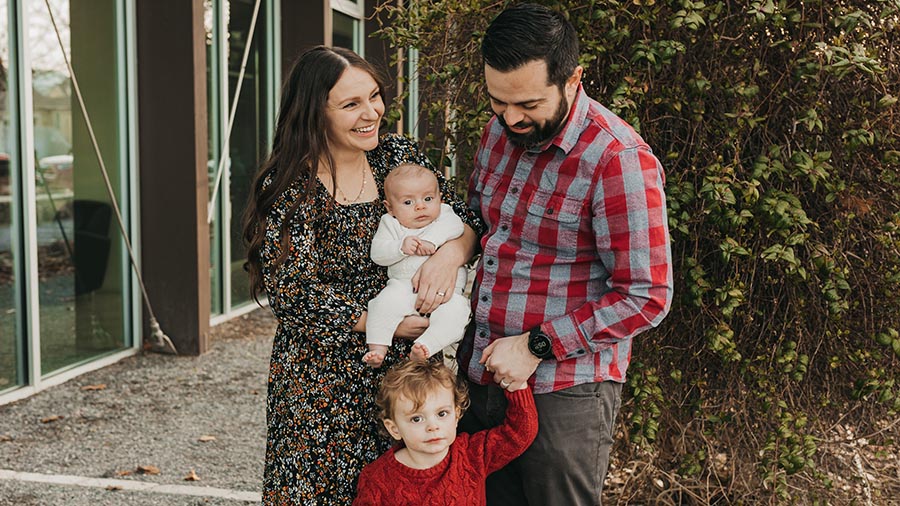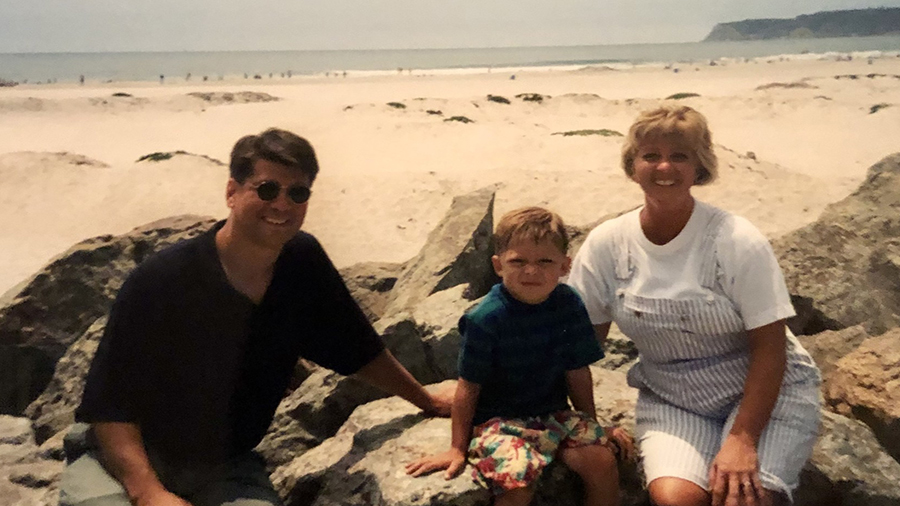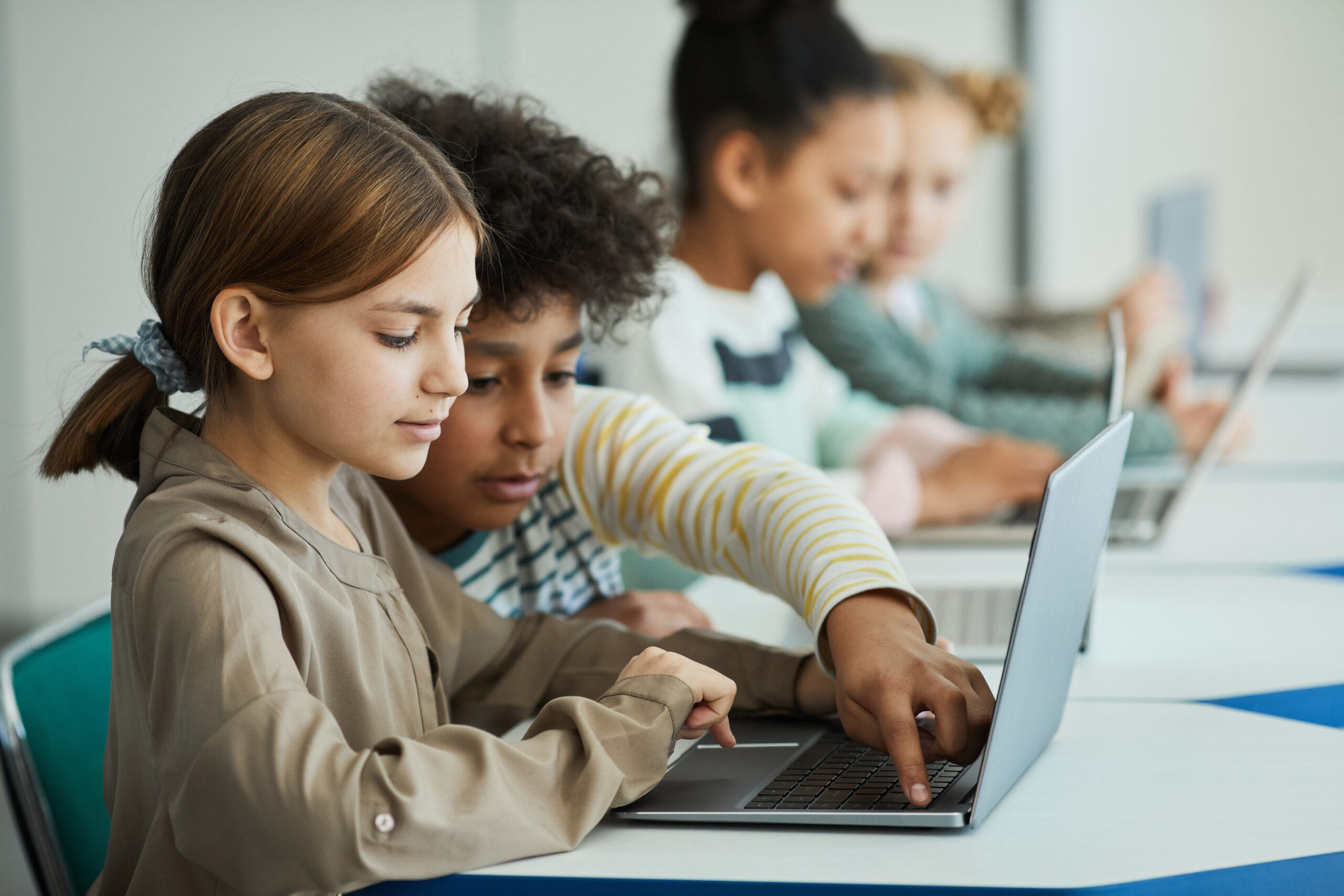Primary Children’s Caregivers Use Coloring Books To Make PPE Less Scary For Kids
Jul 17, 2020, 9:16 AM
SALT LAKE CITY, Utah — Seeing people wearing masks and other personal protective equipment can be daunting for anyone, but especially for little kids. Primary Children’s Hospital caregivers have found a creative way to help kids feel a little more comfortable at the doctor’s office or in the hospital through a PPE coloring book.
Catrina Alfaro says her 4-year-old son, Peter Alfaro, has a natural curiosity.
“He always asked questions. He’s into the ‘Why?’ phase right now,” she said.
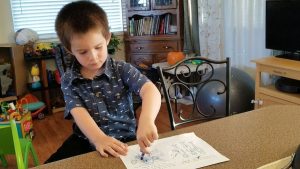
Peter Alfaro colors in his special PPE coloring book Primary Children’s Hospital designed to make personal protective equipment less scary for children.
She said he’s also a social butterfly.
“He is one of the most social kids there is. He loves to give people hugs. He loves to talk to people. He wants everybody to be his friend,” Catrina described.
But that quickly changed when she took Peter to his first occupational therapy appointment in four months due to the pandemic. Peter is autistic and goes to therapy to work on his sensory skills.
It was the first time he saw his therapist wearing PPE — personal protective equipment such as a gown, a face shield, a mask and goggles. She said Peter could barely see her eyes.
Peter immediately went into hiding for 45 minutes.
“I mean, he was scared of seeing this person he didn’t recognize,” Catrina explained. “It caused him a lot of anxiety.”
Davi Vitela, a child life specialist at Primary Children’s Hospital, says that’s a normal reaction for kids.
“If you can’t see a facial expression, you don’t know how someone’s approaching you,” she said. “So that can really be intimidating for some kiddos.”
That’s why she helped create a PPE coloring book to help kids understand why caregivers are now wearing strange clothes and equipment.
“And it helps explain it in really simple language,” she said. Vitela said play helps kids express a wide range of emotions.
The book is written in storytelling format. Vitela said it explains how germs are spread, how someone can get sick from them and why some people wear PPE.
“It actually was a really engaging process for him,” Catrina said. “Peter loves stories, he loves to read.”
Catrina used the actual name of Peter’s therapist when they read the story to help him make the connection and start a conversation.
Vitela said most kids like to color too, making it the perfect way to teach kids about something new. “So we’re taking something familiar to help explain something that’s unfamiliar or that could be perceived as scary,” she said.
Catrina said it changed the tone of the entire experience for him. “He got excited because he has his own mask, and so he was like, ‘Hey, I can wear that too!'” Catrina said.
The next visit, Peter warmed up quickly and engaged with his therapist. He also wore his mask for part of the time, which was a big deal since he typically doesn’t like things on his face with his sensory challenges.
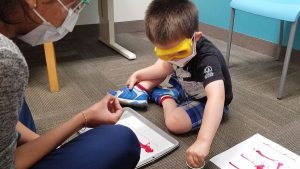
Four-year-old Peter Alfaro is autistic and goes to occupational therapy to work on his sensory skills. After using his coloring book to understand why others were wearing personal protective equipment (PPE), he had a much better experience in therapy.
“We actually had a more productive session at that last appointment,” she said, helping Peter quickly return to his outgoing self again.
Vitela encourages parents to establish open communication with their children especially about tough topics like a virus or pandemic. “So that they can ask questions and that you’re going to be open and honest with them as well,” she said.
Catrina said Peter is delayed in his speech, making it more difficult to explain abstract concepts like germs and a virus. In the past she’s described COVID-19 as “big germs,” but said the coloring book helped reinforce those principles.
Vitela says it’s hard for elementary-aged kids to comprehend those foreign concepts. “They think very concretely. So if they can’t see something, it’s really hard for them to understand that,” she explained.
She hopes the book will help others parents start similar conversations in their homes.
Anyone can download a free copy of the coloring book for their child in English or Spanish.

